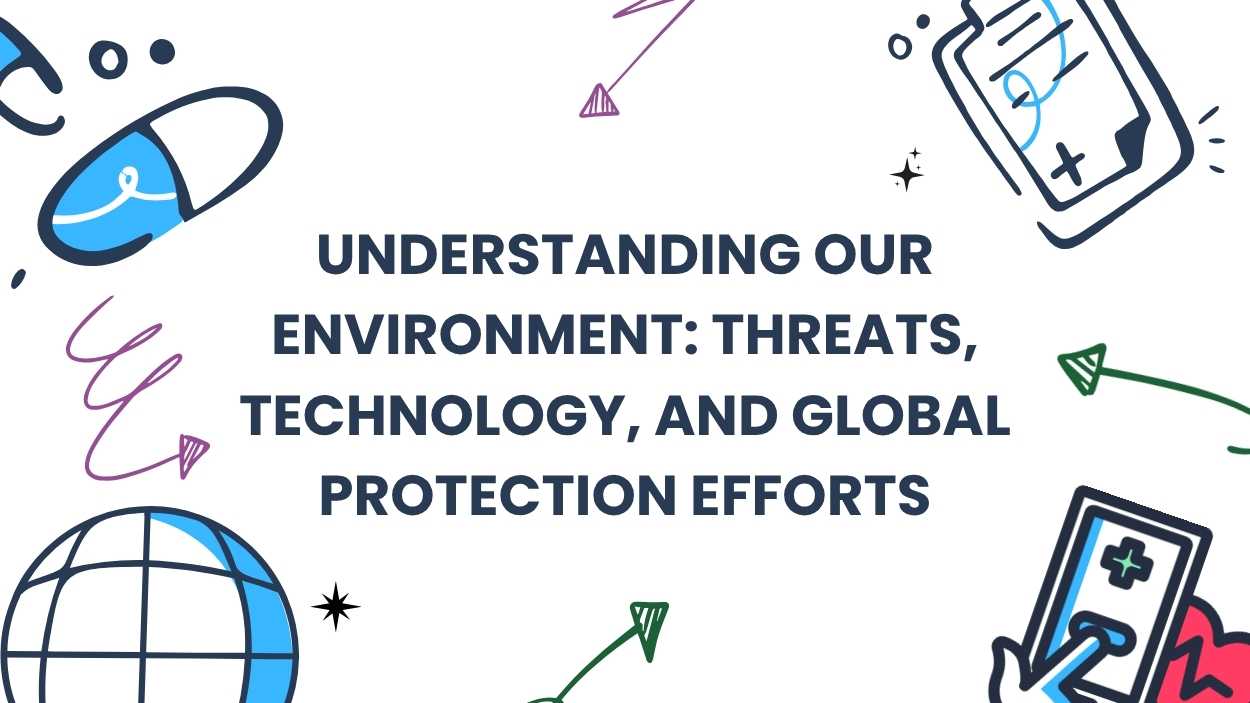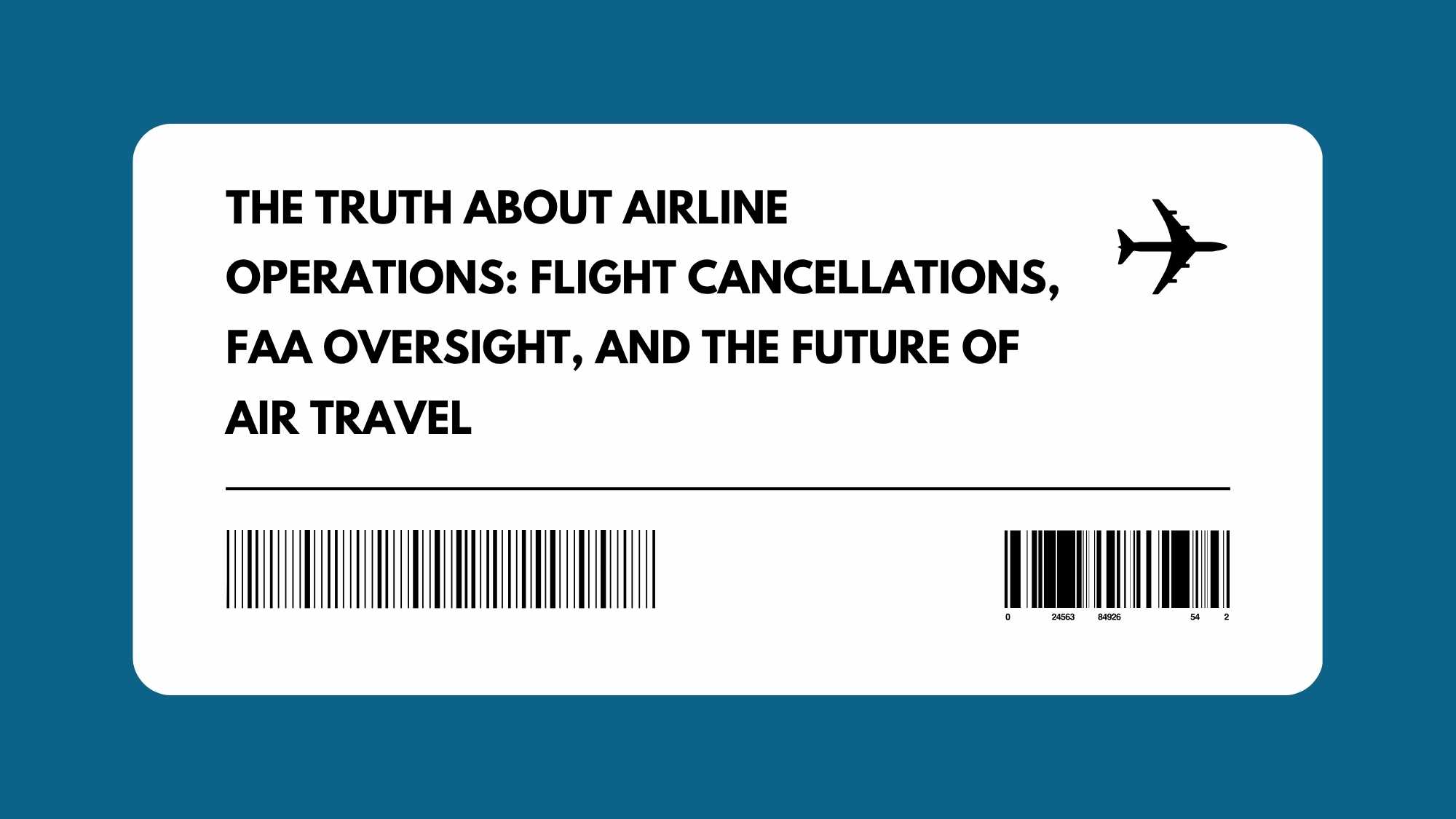Every time we click a checkbox, identify a series of streetlights, or solve a simple puzzle online, we’re engaging in a silent, critical act: human verification. Often perceived as a mere inconvenience, this omnipresent digital gatekeeper is, in fact, the frontline in an ongoing battle to preserve the authenticity and integrity of our online spaces. It’s not just about preventing spam; it’s about maintaining trust, securing data, and ensuring that the conversations and interactions we have in the digital realm are genuinely with other human beings, not sophisticated algorithms designed for malicious intent.
The Relentless Tide of Automation
The imperative for robust human verification stems directly from the rapid advancement of artificial intelligence and automation. Today’s bots are far more sophisticated than simple scripts, capable of mimicking human behavior with remarkable precision, from navigating websites to generating convincing text. This necessitates a constant arms race, where security developers strive to create new hurdles that are effortless for humans but insurmountable for machines. Without these defenses, our digital ecosystems would quickly devolve into chaotic, bot-infested landscapes, eroding the very foundation of reliable information and genuine social connection.
The Paradox of Frictionless Security
The true genius of effective human verification lies in its ability to be both a formidable barrier to automated threats and a largely invisible pathway for legitimate users. This balance is a delicate one. Too much friction, and genuine users become frustrated and leave; too little, and the system is compromised. From behavioral analytics that subtly track mouse movements and typing patterns to adaptive challenges that learn from user interactions, the focus is increasingly on intuitive, context-aware methods that make the process feel seamless, all while rigorously assessing the likelihood of human presence behind the screen.
The implications of this silent struggle extend far beyond individual website security. Entire industries, from e-commerce to social media, rely on the accuracy of human verification to function. Fraud detection, the prevention of identity theft, and the battle against misinformation campaigns all hinge on our ability to reliably distinguish human agents from their artificial counterparts. A failure in this crucial defense could lead to widespread data breaches, economic instability, and a profound degradation of public trust in digital platforms, ultimately undermining the very fabric of our interconnected world.
Forging an Authentic Digital Future
Ultimately, the quest for human verification is about safeguarding what makes our digital experiences valuable: genuine human interaction and trust. As technology continues to evolve, so too will the methods we employ to affirm our humanity in the virtual sphere. This isn’t just a technical challenge; it’s a societal one, demanding continuous innovation and ethical consideration to ensure that the internet remains a vibrant, authentic space for human connection, free from the overwhelming influence of automation. Our collective digital future depends on winning this unseen, ongoing battle, ensuring that humanity always holds the key.













